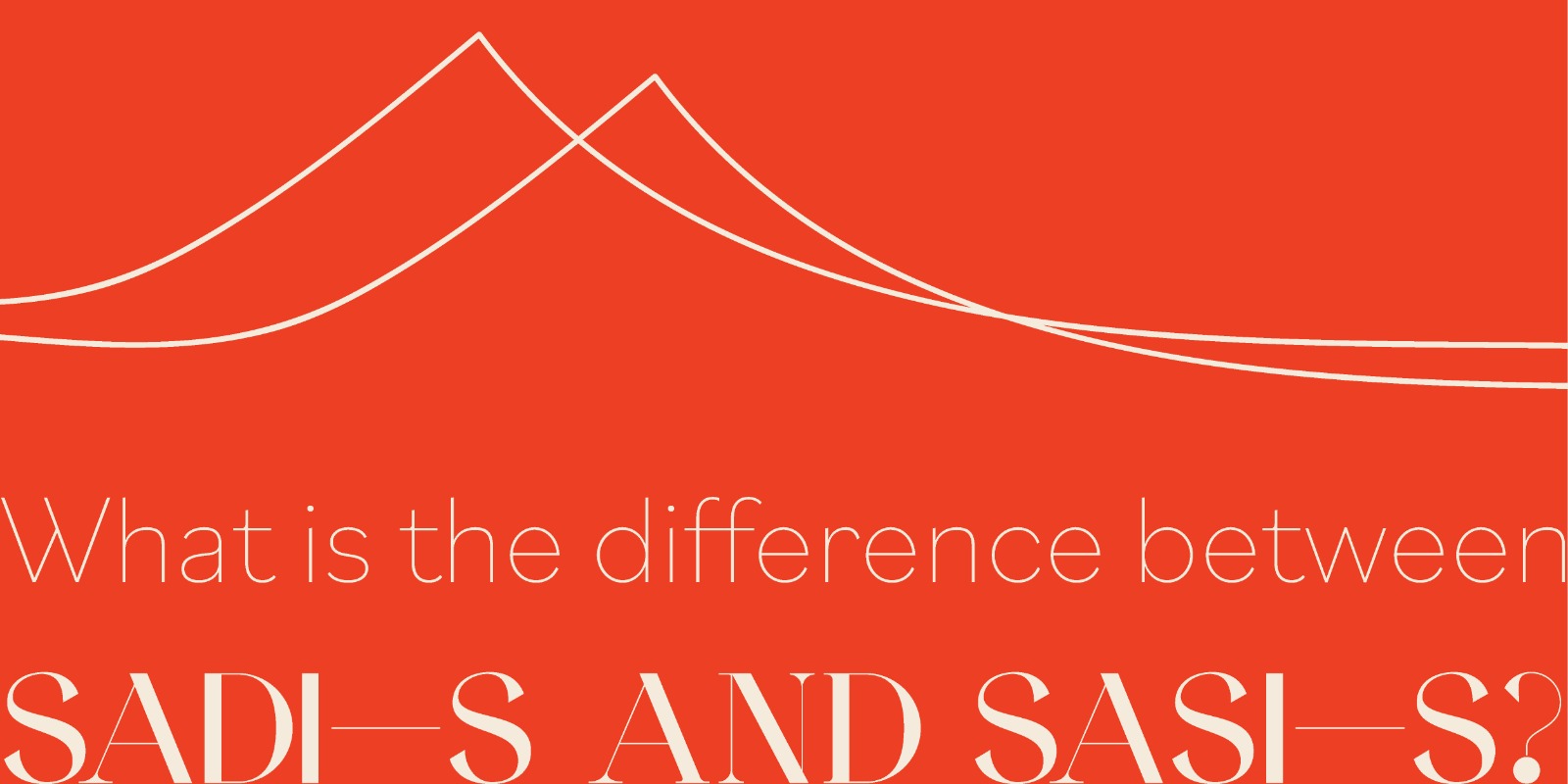Single anastomosis duodeno-ileostomy with sleeve gastrectomy (SADI-S) and single anastomosis stomach-ileal bypass with sleeve gastrectomy (SASI-S) are two bariatric procedures.
SADI-S and SASI-S are two of the latest procedures available. SASI-S can be considered an improved version of SADI-S given its lower risk of malnutrition.
While SADI-S and SADI-S bypass involve a few similar steps in the way they are performed, the outcomes and long-term prospects are fundamentally different.
The Differences You Should Know Between SASI and SADI Bypass Bariatric Procedures.
1. The way the bypass is created
One crucial difference between SASI-S and SADI-S is how the bypass is created. With SASI-S, the surgeon joins the stomach with the distal small bowel (ileum), while during a SADI-S, the duodenum and the ileum are joined.
2. Less cutting and dissection with SASI-S
Thanks to the way SASI-S is performed, there’s no dissection behind the duodenum, a difficult and potentially dangerous action to perform. For this reason, SASI-S involves less cutting and dissection than SADI-S, making it a safer procedure.
3. The duodenum is not stapled with SASI-S
SASI-S generally involves a lower number of staple lines than SADI-S, including the duodenum.
4. Less pressure on the stomach with SASI-S
The fact that during SASI-S the stomach and distal small bowel are joined takes the pressure off the staple line along the sleeved stomach. This is a great advantage because there’s a lower risk that the sleeve will leak. During a SADI-S, the surgeon creates the join beyond the outlet valve of the stomach, increasing the pressure inside the sleeved stomach. This could potentially increase the risk of leaking as well as increasing acid reflux.
5. Less risk of malnutrition with SASI-S
Many nutrients are absorbed in the duodenum, particularly iron. As SASI-S leaves the duodenum intact, it is less common for patients will suffer from an iron deficiency compared to SADI-S patients.
In general, the SASI-S procedure causes less risk of malnutrition thanks to the way the bypass is performed. On the contrary, SADI-S patients will most likely need to take supplements and vitamins for the rest of their lives.
6. SASI-S is more easily reversible
The SASI-S bypass can be easily reversed if the surgery doesn’t give the expected results. It can be either converted to SADI-S or a sleeve gastrectomy.
| Feature | SADI-S | SASI-S |
| Type of surgery | Sleeve gastrectomy + biliopancreatic diversion | Sleeve gastrectomy + biliopancreatic diversion with duodenal switch |
| Cost | Check with local NHS or your Plastic Surgeon | Check with local NHS or your Plastic Surgeon |
| Length of stay in hospital | 3-5 Day
*Depending on the healing process. |
5-7 Days
*Depending on the healing process. |
| Recovery time | 6-8 weeks | 8-10 weeks |
| Weight loss potential | 80-90% of excess weight loss | 85-95% of excess weight loss |
| Risk of complications | Low | Low-moderate |
The information provided above regarding the cost, type of surgery, length of stay in the hospital, recovery time, weight loss potential, and risk of complications for SADI-S and SASI-S procedures is intended for general informational purposes only.
What is Single Anastomosis Duodeno-ileal Bypass with Sleeve Gastrectomy (SADI-S)?
SADI-S combines two procedures, sleeve gastrectomy and duodenal switch surgery. It is performed with a laparoscope, which means that the surgeon will create a few small incisions in your abdomen to perform the surgery. This will allow for a quicker recovery time and no visible scarring.
The procedure involves two steps: first, the surgeon will perform a sleeve gastrectomy, or gastric sleeve, whereby around two-thirds of your stomach is removed. The gastric sleeve helps you feel full sooner, as your stomach is drastically smaller and the production of the hunger hormone (ghrelin) is also reduced.
The second step of a SADI-S procedure involves creating the bypass: the surgeon will detach the intestine just below the stomach and reattach it about 2 meters down. This way, food will bypass the part of the digestive tract that absorbs most nutrients and calories. The downside here is that you will have to take supplements and vitamins long-term.
What is Single Anastomosis Stomach-Ileal Bypass with Sleeve Gastrectomy (SASI-S)?
Single anastomosis stomach-ileal bypass with sleeve gastrectomy (SASI-S) also combines two procedures: sleeve gastrectomy and mini-gastric bypass. Performed laparoscopically, the procedure is performed under general anaesthesia and lasts around one hour.
The SASI procedure can be considered an evolution of the Omega loop or mini-gastric bypass. The first step of the procedure involves the creation of the gastric sleeve, whereby around 75% of the stomach is removed. Then, the surgeon will perform the mini-gastric bypass, which involves joining the bottom part of the stomach (antrum) to the lower part of the small bowel (ileum). This way, half of the food that is ingested bypasses the small intestine, reducing the absorption of fats, sugar, and calories. The new stomach is then connected to the small intestine.
Learn more about the procedure of SASI-S.
Planning your weight-loss surgery with KCM Clinic
SADI-S and SASI-S are just two of the weight-loss procedures we perform at KCM Clinic. We boast a team of experienced doctors, endocrinologists, dieticians, and nurses in the bariatric field who are here to help with any questions you might have.
If you are unsure of what procedure is right for you, get in touch! We’d be happy to assist you and start your weight-loss journey together.
Send Request
Register
Visits, hospital procedures
Bariatric Surgery Center
Plastic Surgery Center
Spine Surgery Center
Dental Clinic
OMEGA Imaging Diagnostic Center
Work hours
KCM Clinic Wrocław
Chat KCM Clinic
Locations
KCM Clinic Jelenia Góra
KCM Clinic Wrocław
Parking








